Gas lines should be done after Drainage, HVAC and setting Pot lights but before line voltage and low voltage wiring. In order to start this task you must first now where your gas meter will be located,its best to do this in conjunction with Fortis as they will determine if the service can be provided to the area.
Typically they will have only 1 service that can serve the property but sometimes there may be street service and lane service and they may have a preference which one to use, this means that the previous house that was on the property may have been served from the front and the new house may be served off the lane requiring the gas meter to be installed on the detached garage and a underground line then going to the home. Fortis will also typically want to run there service straight to the home however there may be extenuating circumstances where they will relax this so again its best to get them involved in the decision making process of locating the meter.
The meter is required to be 1 meter away from any operable window as it does have a vent and will occasionally vent a small amount of gas. You will then need to discuss if your gas fitter will be using 1/2 lb or 2 lb for the home, most new builds are using 2 lb as it requires smaller gas lines throughout the home, the gas fitter will size these based on the number of BTU’s the appliance requires as well as the length of the run. Fortis will need the total number of BTU’s to correctly size the meter ( as well as knowing if it the service is 1/2 lb or 2 lb ). All gas appliances need to be considered for this calculation. Furnace/Boiler/Range/Cook tops/Fireplaces/Fire pits/Barbecue box’s/Water heaters/Gas Dryers Etc. so make a list of all of them and add up the BTU’s if you dont know the size of bbq that will be used just go online and select a larger one to be safe. The gas fitter also needs to know the exact location of off the appliances so they can rough them in correctly.
The best type of pipe to use is black iron and the gas fitter will bring in a large threader and custom make the lengths of pipe that are needed. There are several types of flexible gas service lines that are also allowed by code, however these are fare more likely to have leaks in the future and these can be hard to find and difficult to fix. Once everything is complete then the gas fitter will put air in the line and conduct a pressure test, best to leave this test on after inspection so if any other trade were to damage a line it would be obvious that there is a issue. For barbecue boxes going on a piece of fascia board its best to have the actual box that will be installed as the entry point to the box is not usually in the center so if the location of the line is not determined in advance the box will not be centered to the fascia board.
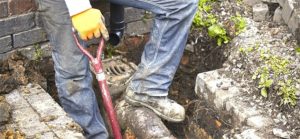

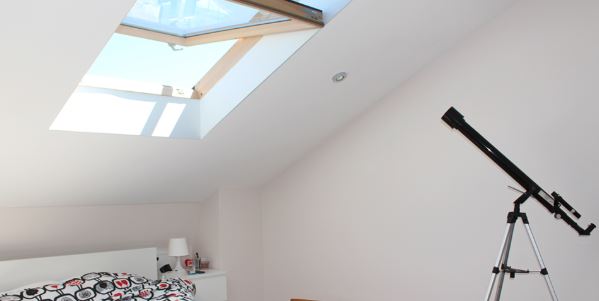
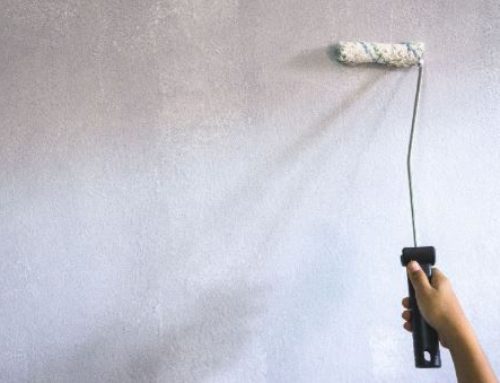
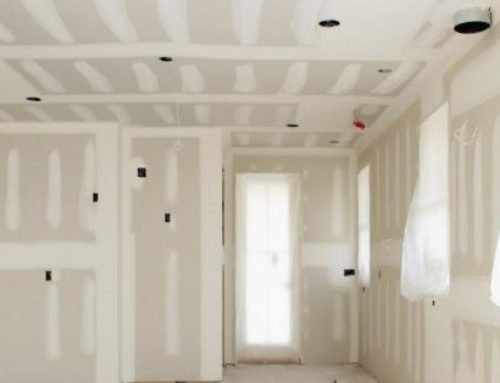
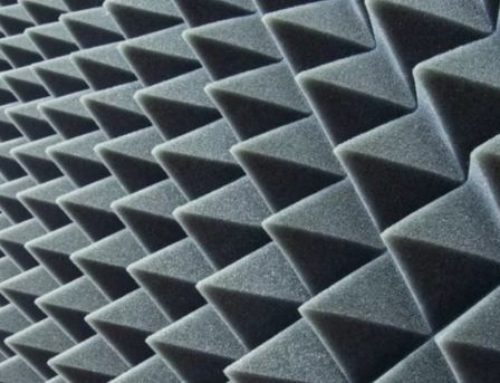
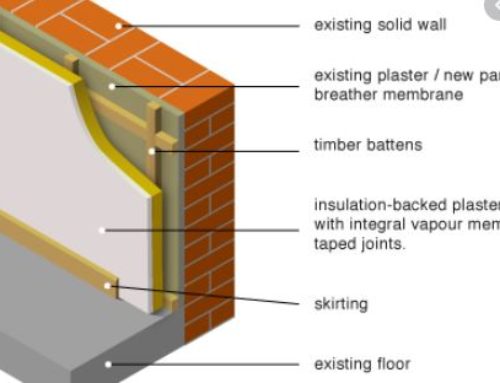
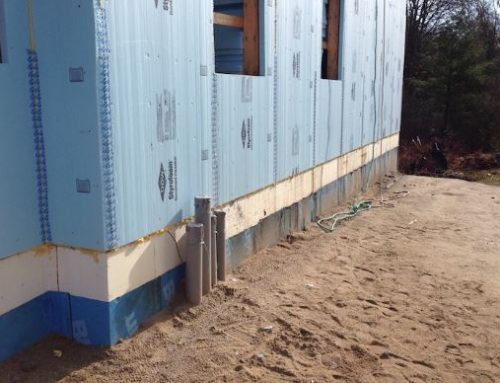
Leave A Comment